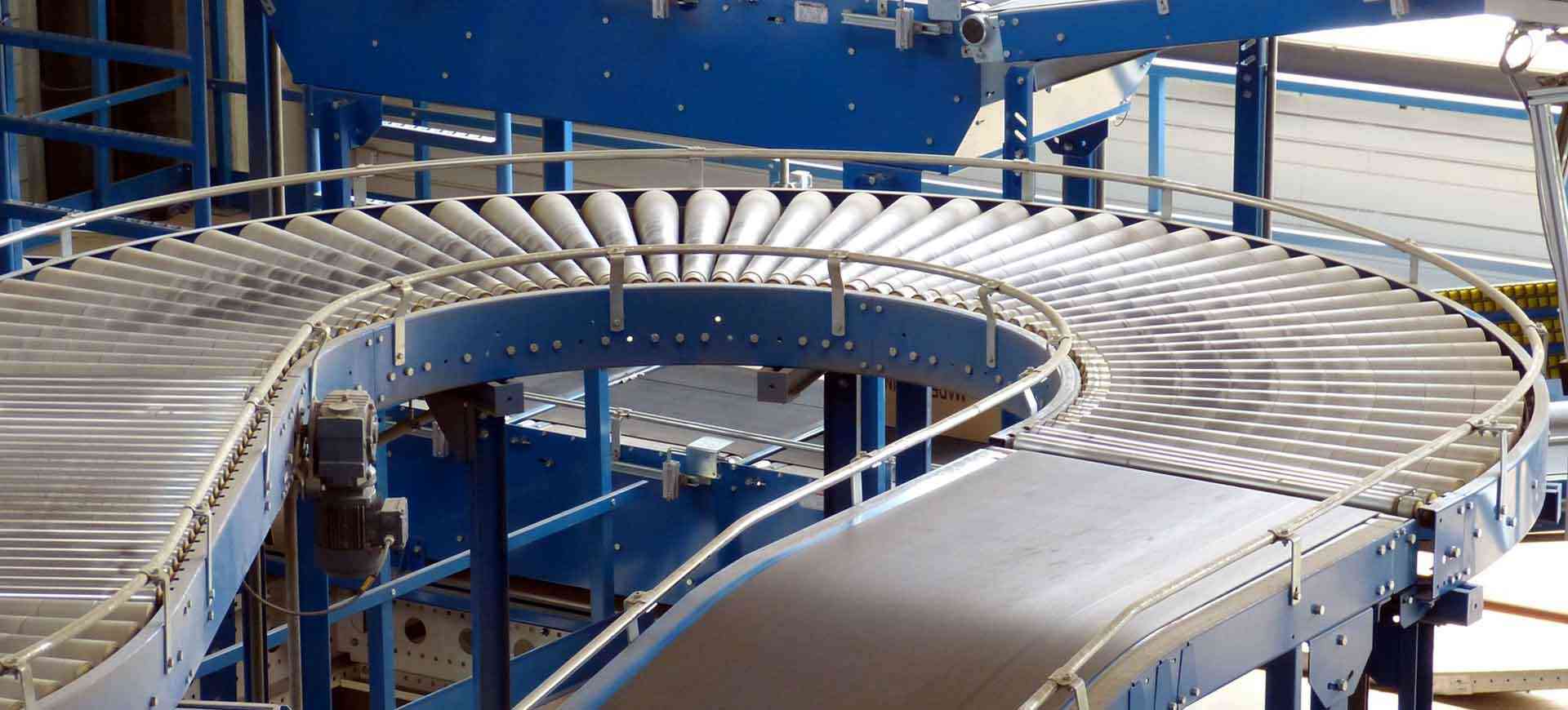
A STUDY has estimated that the annual total energy potential from residues at 90% of sawmill plants is 555 gigawatt hours (GWh) per year with a potential power generation capacity of 63,42 megawatts (MW), it has been revealed.
A residue is any material that has been generated because of a human or animal activity, but has no economic value in the context it has been produced and can, therefore, be valorised or disposed of.
Speaking at the ongoing Waste to Energy conference organised by The Standard, Zimbabwe Energy Regulatory Authority research and energy efficiency engineer Victor Sibanda said the electricity costs together with the levelised cost of electricity for 20 and 25 years for all the considered power plants in the study were less than the feed-in tariff of US$0,09/kWh.
This, he added, signalled the feasibility of the options as the total commercial forest plantation and natural forest was 112 000 hectares.
The composition of forestry is largely made up of eucalyptus, pine species and natural wood.
“The forest waste generated at sawmilling facilities was at 612m3 (cubic metres) per day comprised sawdust and offcuts, thus, 224 000m3 waste generation per annum,” Sibanda said yesterday.
“Annual total energy potential from the residues was estimated at 555 GWh/year, potential power generation of 63,42MW at 90% of sawmill plants availability and actual generation ranges between 20MW and 33MW depending on the technology choice.”
Sibanda said gasification coupled with internal combustion, combined heat and power generation were considered as waste to energy conversion systems.
- Pistol lands couple in court
- Finance minister reminded of PWDs
- Big send-off for Cont Mhlanga
- Uproar over census figures
Keep Reading
He reiterated the vast opportunities available in waste to energy conversions, one of them being that they were a cheaper source of power.
“The national cattle herd population for the years 2012 to 2021 was used to estimate the amount of energy that could be generated from the anaerobic digestion of cow dung generated in Zimbabwe,” Sibanda said.
“Annual average technical energy potentials are as follows: the potential for biogas and energy recovery from the use of crop residues was also assessed using crop yield estimates for the 2021/22 season. A potential biogas yield per annum from crop residues of 408M cubic metre was estimated and eat energy and electricity to 4 720 GWh and 1 570 GWh respectively.”
Sibanda, however, bemoaned the existing barriers in waste to energy including the lack of information stating that the acceptability of biomass depended on the parties to transact having adequate information.
“Then there is policy and regulation which are in support of new technologies, cost of equipment, electricity tariff and financing,” he said.
“You will find that the availability of capital may be a challenge for some WtE [waste to energy] measures while technical knowledge and ability to separate waste at source.”











